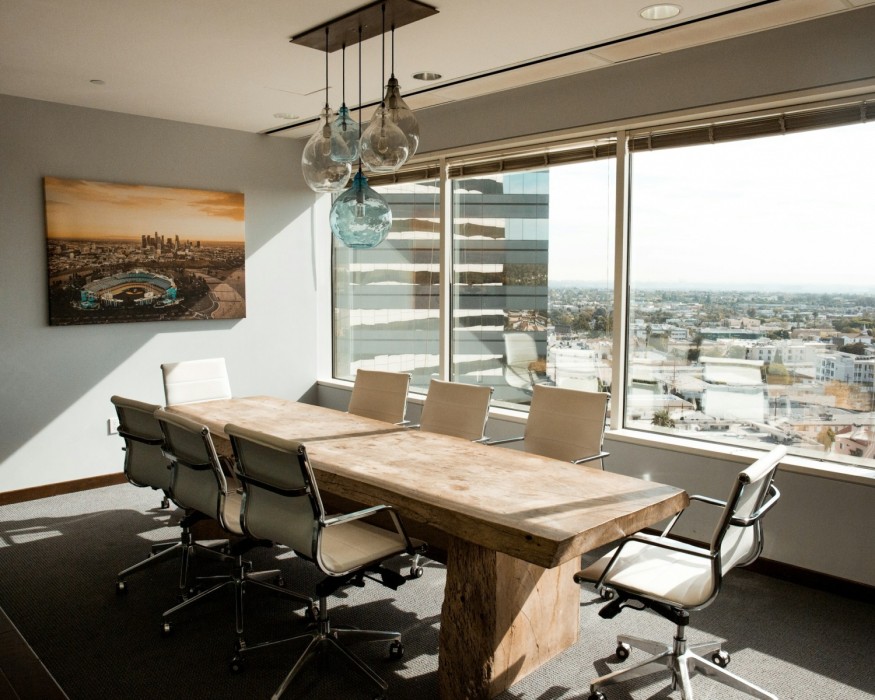
As more organizations promote—or require—a return to the office to enhance productivity, collaboration, and employee engagement, optimizing in-office time becomes crucial. Achieving this is challenging without insights into the usage of office resources, such as meeting rooms and a meeting room booking system. Underutilized spaces and conference rooms can lead to significant costs for businesses.
Accurate and timely data is essential for making informed decisions. By utilizing analytics for real-time insights, companies can maximize their investments and improve workplace planning to support a hybrid work environment effectively. Creating inviting spaces that increase in-office attendance, boost employee efficiency, and foster collaboration relies on analyzing detailed meeting room data. This analysis provides actionable insights to develop a cost-effective and well-equipped work environment, leading to positive workplace experiences.
Defining Meeting Room Analytics
Meeting room analytics provide a comprehensive view of how and how often meeting rooms are used within an organization. These analytics track both occupancy (the number of people in a meeting space) and utilization rates (patterns of meeting room usage, such as frequency and duration).
Key metrics include:
- User Identification: Who is using the meeting rooms?
- Attendance Metrics: Average number of participants per meeting.
- Occupancy Goals: Alignment of current occupancy with target rates.
- Meeting Frequency: Number and frequency of meetings over various timeframes.
- Resource Preferences: Preferred technologies and equipment in meeting rooms.
- Booking Efficiency: Rates of unfulfilled, canceled, or no-show bookings.
- Rescheduling Patterns: Frequency of booking changes.
- Meeting Duration Accuracy: Adherence to scheduled meeting times.
These metrics allow organizations to measure meeting room usage against benchmarked rates, such as aiming for a 40–60% usage rate, meaning conference rooms should be utilized for 16–24 hours per week. With this data, workplace leaders can make informed decisions about optimizing meeting room setups and allocations.
The Impact of Analytics on Meeting Workspaces
Meeting room analytics can drive several measurable outcomes:
- Optimize Space Utilization: Identify underused rooms and better allocate popular spaces, reducing real estate costs and enhancing productivity.
- Enhance Employee Productivity: Ensure meeting rooms are appropriately sized and equipped, improving satisfaction and efficiency.
- Support Business Growth: Adjust space usage to align with business expansion and evolving needs.
- Improve Workplace Policies: Refine return-to-work policies based on data-driven insights into meeting types, frequencies, and attendance.
- Ensure Optimal Facilities Management: Make informed decisions about utilities, cleaning, and other services based on occupancy and usage patterns.
Leveraging Meeting Room Analytics Effectively
Businesses can utilize meeting room analytics to:
- Identify Inefficiencies: Spot areas of wasted space and make data-driven decisions to optimize usage.
- Optimize Space Utilization: Benchmark and adjust space usage to serve organizational needs better.
- Enhance Employee Productivity: Provide well-equipped and appropriately sized meeting rooms to support effective collaboration.
- Deliver an Exceptional Workplace Experience: Ensure employees have access to the right spaces and resources when needed.
- Support Business Growth: Continuously monitor and adjust space usage to accommodate business expansion.
- Improve Workplace Policies: Use insights to streamline meeting room reservations and optimize office attendance.
- Ensure Optimal Facilities Management: Maintain a clean, safe, and efficient work environment based on usage data.
Additional Useful Workplace Analytics
Beyond meeting room utilization, workplace analytics can offer insights into desk usage, employee attendance, and overall office activity. These analytics help measure various aspects of the workforce and organization, including:
- Employee Productivity and Performance
- Employee Satisfaction
- Workforce Effectiveness
- Space and Office Utilization
- Office Activity and Attendance
- Management Needs
Metrics tracked include desk usage by floor, hot desk utilization, office attendance rates, department-level space utilization, and historical office usage forecasting. This data enables workplace leaders to proactively address issues, engage employees effectively, and provide better organizational support.
Optimizing Workspace Experiences with Meeting Room Data
Providing meeting rooms that effectively serve both employees and the business requires thoughtful planning and data-driven decision-making. Actionable meeting room data allows organizations to optimize these workspaces, fostering an environment that encourages more in-office attendance and enhances overall workplace experiences. By leveraging meeting room analytics, businesses can create cost-effective, well-utilized, and resource-rich environments that support employee productivity and satisfaction, ultimately driving better business outcomes.











